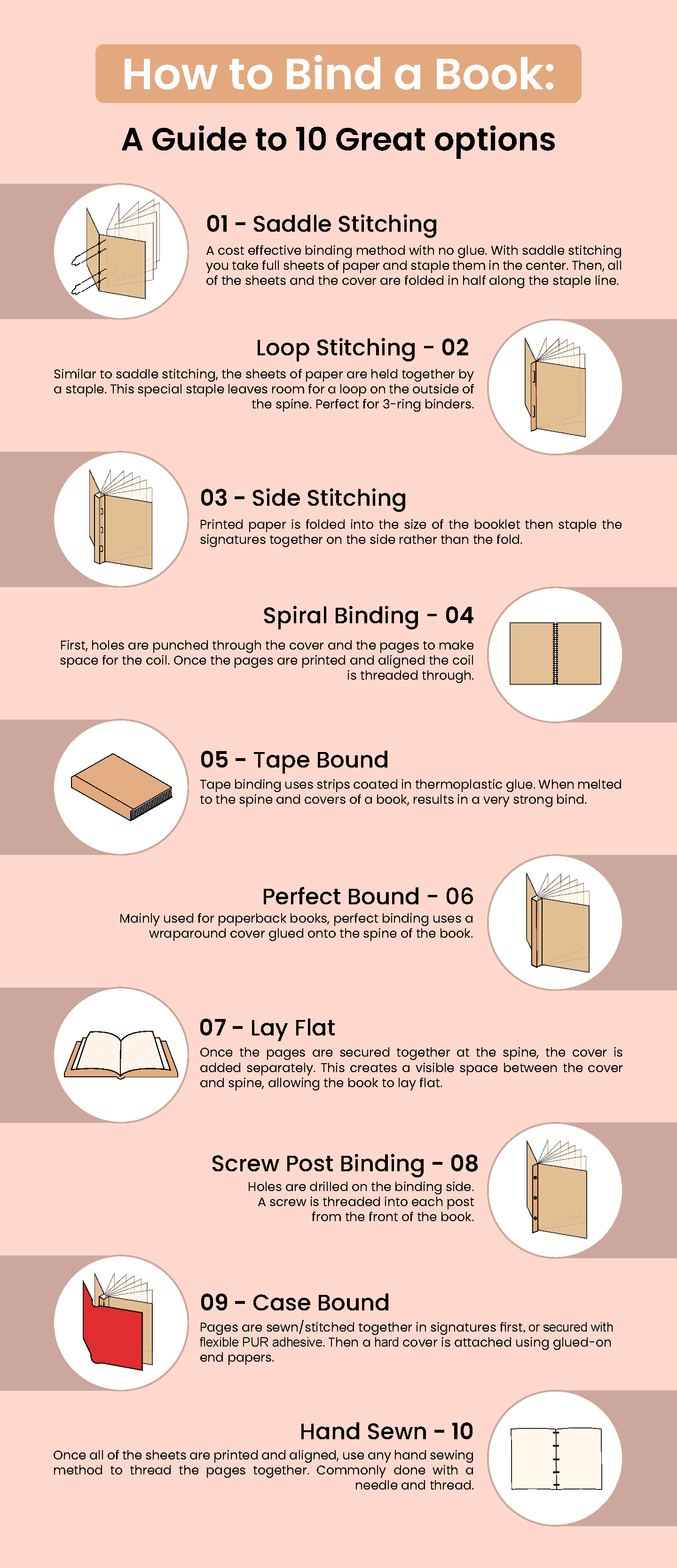Bookbinding is a centuries-old craft that allows you to transform loose pages into beautifully bound volumes. It’s an art form that has evolved over the years, holding a significant place in literature and craftsmanship. It doesn’t just enhance the durability and longevity of books. This ancient art form can also add an aesthetic appeal to your book, making it feel like it's truly yours.
Whether you’re an aspiring writer, a journal enthusiast, or simply a lover of books, bookbinding is a valuable skill in your arsenal.
As mentioned, bookbinding ensures that a book can withstand the test of time. Employing the correct techniques and using quality materials lets you create books that look appealing and strong enough for frequent use.
When pages are bound securely, they’re less likely to tear or become detached. In effect, your cherished books remain intact for generations to come. Additionally, proper binding prevents pages from shifting or falling out, providing a seamless and hassle-free reading experience.
Also, well-bound books exude a sense of craftsmanship and professionalism. Knowing how to bind your pages can give your book a distinct personality, whether it’s a journal, a portfolio, or even a self-published work. Investing time in mastering bookbinding methods elevates the overall visual appeal, leaving a lasting impression on readers or deepening the sense of ownership.
That said, understanding the key concepts and techniques involved in the process can help you elevate your bookbinding projects from ordinary to extraordinary. The process starts with knowing your binding method.
The choice of binding method can add a personal dimension to your book. There are various methods available, each with its own advantages and characteristics. They may differ in flexibility, durability, or ability to lay flat when opened, and knowing what you want from your bookbinding process can help you select the most suitable option for your project.
For instance, if you're creating a cookbook that needs to lay flat on the kitchen counter, a spiral binding or a lay-flat binding method would be ideal. On the other hand, if you're working on a high-end art book that requires a more sophisticated appearance, a case binding or a sewn binding method might be more appropriate.
Check the infographic below to know more about the best bookbinding methods available so you can choose the right one for your project.